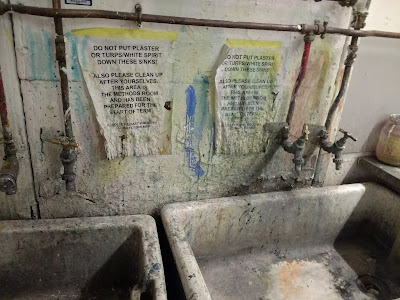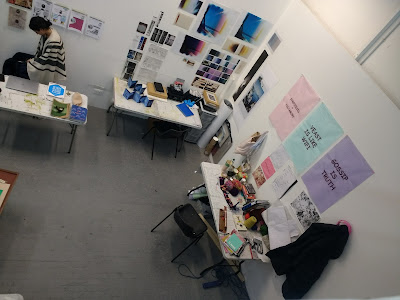These bowls with wide rims have become fashionable in recent years, and this one was used to serve our pudding in a restaurant on Christmas day. The wide rim allows the food to be shown off against the white background, and chefs now like to serve small main courses on large plates for similar reasons.
The bowl is a revival of a shape popular in Italy in the 16th century, called a tondino - but then the purpose of the wide rim was to support an elaborate decoration, and no potter would ever send a white one out of the factory. A tondino is a little tondo, a circular work of art, either a painting or a sculpture, from the the Italian rotondo, "round."
Here are a few from museum collections.
Gubbio, c.1530. Metropolitan Museum of Art, New York
From the workshop of Maestro Lodovico, c.1540
Casteldurante or Urbino, c.1535
Probably from the workshop of Maestro Giorgio Andreoli, Gubbio. Metropolitan Museum of Art, New York
Numerous tondinos were made with this pattern in Ottoman Iznik in the first half of the 16th century, examples of cultural exchange between Europe and the Islamic world. Ashmolean Museum, Oxford.

























